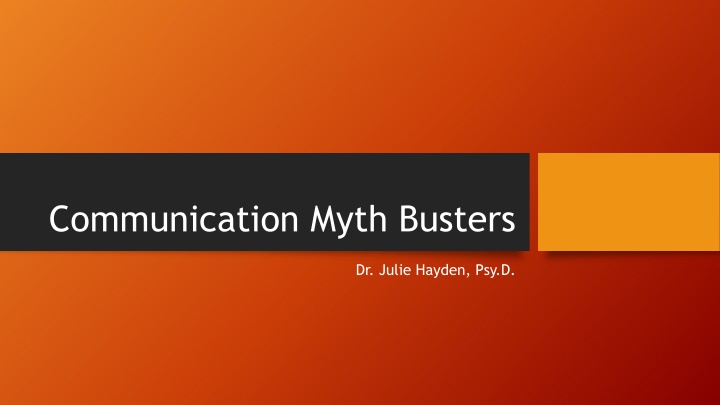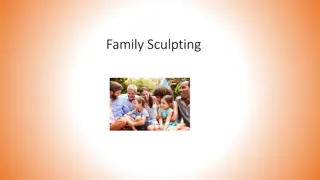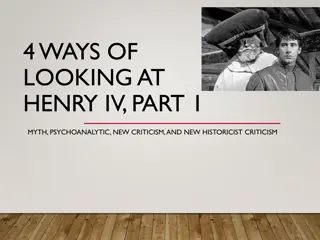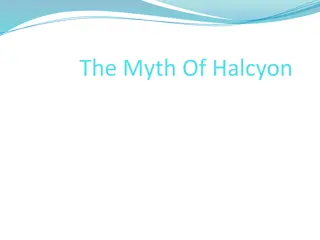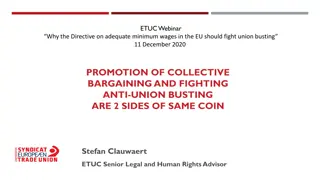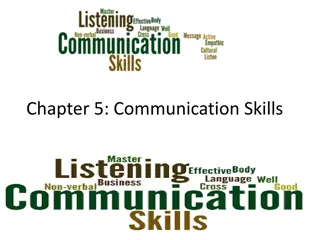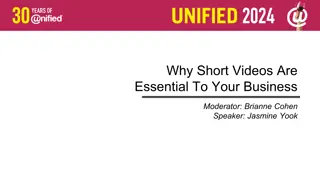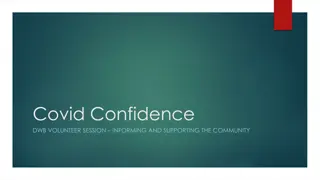Myth-Busting Family Communication Tips
Myths and tips to foster effective communication in the family. Discover insights on truth-telling, authenticity, non-verbal cues, and more. Learn how to navigate common communication pitfalls and cultivate a healthy dialogue environment at home.
Download Presentation

Please find below an Image/Link to download the presentation.
The content on the website is provided AS IS for your information and personal use only. It may not be sold, licensed, or shared on other websites without obtaining consent from the author.If you encounter any issues during the download, it is possible that the publisher has removed the file from their server.
You are allowed to download the files provided on this website for personal or commercial use, subject to the condition that they are used lawfully. All files are the property of their respective owners.
The content on the website is provided AS IS for your information and personal use only. It may not be sold, licensed, or shared on other websites without obtaining consent from the author.
E N D
Presentation Transcript
Communication Myth Busters Dr. Julie Hayden, Psy.D.
End Goal Create a Culture of Communication in your family.
Myth #1: Truth = Good Communication They might not be ready to receive it Timing is important Many have used truth to harm others Tip: Speak the truth in Love = wisdom
Myth #2: If you dont have something nice to say, don t say anything at all You may need to stand up for what is right What s the cost for not saying something? Even if something causes conflict, the result may be worth it Authenticity and Intimacy
Myth #3: The Message sent is the Message Received Once you ve communicated, the job not is done. If you really want something to be heard, one time may not be enough. Any message needs a drum beat and patience. The responsibility of getting your message across is on you.
Tip: How to get your message across Priming Repetition Timing Environment / Mood Personality Know when you are talking to yourself
Myth #4: Words are the best way to communicate Body mannerism, Facial cues, and Behaviors, all communicate loudly
The Four Horsemen of Communication Criticism: attacking the whole person you always I feel when you Contempt: moral superiority (cynicism, name calling, mockery) Appreciation and Gratefulness Defensiveness: righteous indignation or innocent victimhood Take Responsibility Stonewalling: completely withdrawing Breaks *taken from Gottman Marriage Clinic
Myth #4: If he/she loved me, he/she would already know this. We are different and communicate differently We have different backgrounds that create communication barriers There are no mind readers
Types Communication Passive Aggressive Passive-Aggressive Assertive
A Culture of Communication People can share what their needs and wants freely Not everyone has to accept or do something about the needs and wants Specific times and the environment are set for communicating difficult topics Boundaries and roles are still in tact with good communication The relationship is secure during communication Be Flexible and adjust when needed
